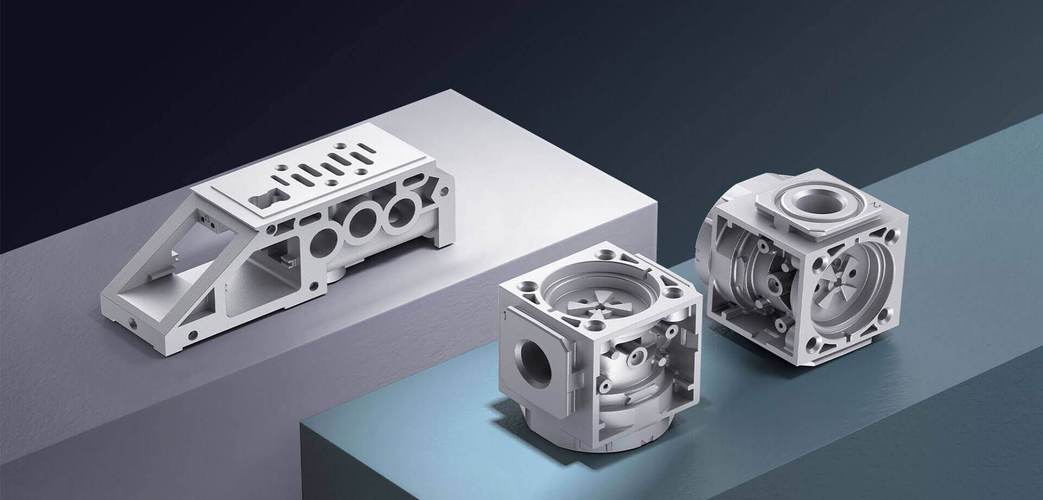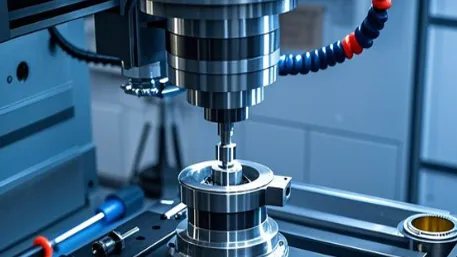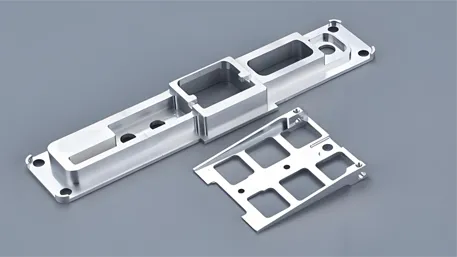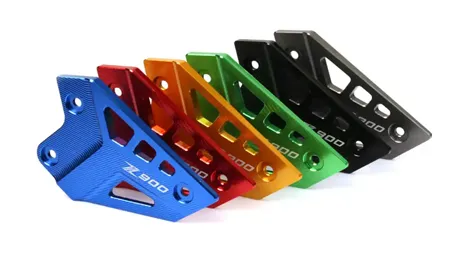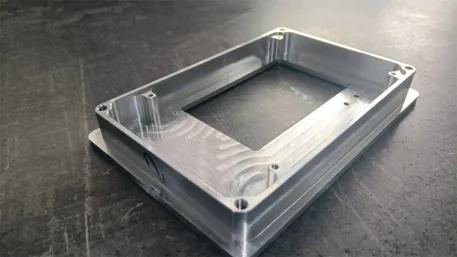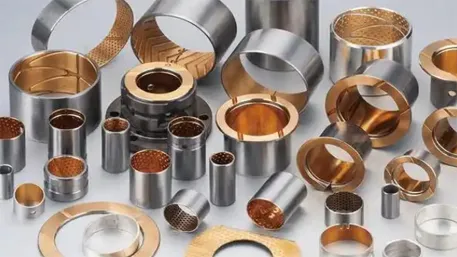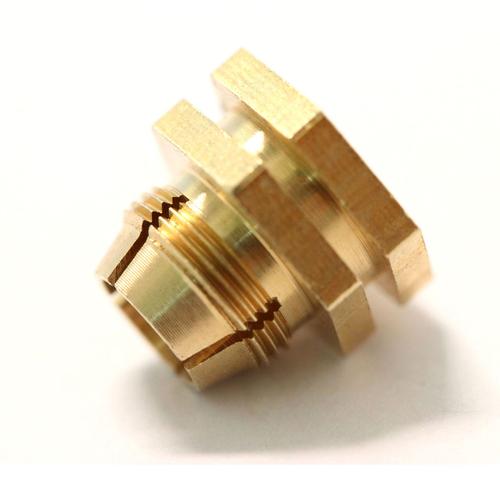In industries ranging from automotive components to high-end equipment and consumer electronics, aluminum die castings have become core manufacturing solutions due to their lightweight, high-strength, and complex structure forming capabilities. Traditional standardized die castings face limitations in dimensional accuracy, mechanical property consistency, and complex structure molding. In contrast, customized aluminum die castings achieve a leap from “mass production” to “scenario-specific high performance” through data-driven mold design, precision die casting processes, and full-chain quality control. This article analyzes how to create high-accuracy, high-strength, and high-consistency aluminum die casting solutions from the dimensions of customization value, core processes, and quality control.
1. Why Standard Die Castings Struggle to Meet High-End Manufacturing Needs
Q: What Defines the Core Advantages of Custom Aluminum Die Castings?
Standard die castings using generic molds and fixed process parameters have three critical limitations:
- Inadequate Dimensional Accuracy: Affected by mold wear (tolerance ±0.1mm) and fluctuating aluminum shrinkage rates (0.8%-1.2%), key hole position tolerance non-conformance rates reach 15%, requiring secondary machining for precision assembly scenarios.
- Discrete Mechanical Properties: Tensile strength within the same batch fluctuates by ±10MPa, with elongation differences exceeding 5%, failing to meet high-reliability requirements (e.g., automotive suspension parts requiring tensile strength ≥300MPa with fluctuations <5%).
- Complex Structure Limitations: Thin-walled (<1.5mm), deep-cavity, and slender core structures are prone to cold shuts and shrinkage porosity, with forming yield rates <70%, restricting lightweight design implementation.
Custom aluminum die castings focus on “data-defined molding precision”:
- Full-Scenario Deep Adaptation:
-
- Automotive Structural Parts: Optimized gating and venting systems via mold flow analysis increase tensile strength of thin-walled parts (1.2mm) to 350MPa, controlling dimensional tolerances within ±0.05mm to meet high-strength lightweight needs for new energy vehicle battery brackets.
-
- Precision Electronic Components: Vacuum die casting (cavity vacuum pressure <5kPa) eliminates gas porosity (porosity <0.5%), enabling formation of 0.3mm-thick micro-structures (e.g., 5G communication housings) with surface roughness Ra≤1.6μm.
- Data-Driven Design: By integrating casting structure (aspect ratio >10:1), service load (dynamic stress 100-300MPa), and environmental temperature (-40℃~+150℃), precise matching of aluminum alloys (e.g., ADC12/AlSi10Mg) and heat treatment processes ensures performance index fluctuations <3%.
2. How Core Processes Achieve Precision and Performance Breakthroughs
1. Digital Mold Design: Precision Control from the Source
- CAE Mold Flow Analysis: Moldflow simulates aluminum melt filling speed (50-80m/s) and solidification sequence, optimizing gate positions (deviation ±0.5mm) and cooling channels (temperature difference ±2℃), improving shrinkage prediction accuracy to 95% and reducing mold correction times by 60%.
- 5-Axis Precision Mold Machining: High-speed machining centers (spindle speed 24,000rpm) process mold cores with surface roughness Ra≤0.4μm, achieving ±0.01mm precision for complex curves (e.g., R angles in automotive panel molds), extending mold life to over 500,000 cycles.
- Intelligent Mold Monitoring: Temperature sensors (accuracy ±1℃) and pressure sensors (accuracy ±1%FS) embedded in key mold areas provide real-time status feedback, preventing flash and short shots caused by mold wear.
2. Precision Die Casting Processes: Micron-Level Process Control
- Vacuum Die Casting: Evacuating the mold to <10kPa reduces aluminum gas content by 60% (<0.1ml/100g). Combined with pressure control (80-120MPa), casting density exceeds 99.5%, ideal for high-pressure environments (e.g., automotive braking system components).
- Dynamic Mold Temperature Regulation: Oil/water cooling systems maintain mold temperature at 180-220℃ (accuracy ±3℃), reducing cold shut risks for thin-walled parts (1.0mm) and improving surface quality to eliminate traditional flow mark defects.
- Intelligent Injection Control: Servo motor-driven injection systems (position accuracy ±0.1mm) enable smooth switching from slow injection (0.5m/s) to fast injection (40m/s), reducing aluminum splashing from 20% to 5% and gate residue to <0.2mm.
3. End-to-End Data Closed-Loop Management
- Programming Phase: UG/CAM software simulates casting stress distribution during mold path generation, optimizing draft angles (1°-3°) and fillets (R0.5-2mm) to avoid demolding deformation (traditional process deformation rate >3%).
- Casting Execution: Real-time collection of 50+ parameters (injection speed, mold temperature, aluminum melt temperature) triggers automatic process adjustments via AI algorithms (e.g., compensation for melt temperature fluctuations >5℃), increasing yield from 82% to 96%.
- Post-Processing Enhancement:
-
- CNC Precision Machining: Secondary milling of assembly surfaces (flatness ≤0.02mm) achieves IT7-grade hole accuracy (±0.015mm) for high-precision fitting.
-
- Heat Treatment Optimization: T6 aging (175℃×5h) increases tensile strength by 25% to HB120-140, while vibratory stress relief eliminates over 90% of residual stress (traditional process residual stress >50MPa).
4. Advanced Surface Treatment
- Nano Ceramic Coating: A 5-10μm ceramic coating (Al₂O₃-based) on heat dissipation parts increases thermal conductivity by 15% and salt spray resistance to 1,000 hours (vs. 500 hours for traditional anodizing).
- Micro-Arc Oxidation: Generates a 20-50μm oxide film (hardness HV300-500) on magnesium-aluminum alloys with insulation resistance >10MΩ, suitable for high-voltage insulation in new energy vehicles.
3. Quality Control: Rigorous Full-Chain Verification from Material to Product
1. Multi-Dimensional Performance Testing
- Material-Level Screening:
-
- Spectral Analysis: Verifies aluminum alloy composition (e.g., Si 9.0-11.0%, Mg 0.4-0.6% for AlSi10Mg), rejecting materials with impurities (Fe >0.2%).
-
- Metallographic Inspection: Grain size grading (≥Grade 7) and porosity detection (>1% rejection) ensure material density.
- Finished Product Functional Tests:
-
- CMM Measurement: Key dimensional tolerances (±0.03mm) and geometric tolerances (parallelism ≤0.05mm), such as steering knuckle shaft hole coaxiality ≤0.02mm.
-
- Mechanical Testing: Universal testing machines measure tensile strength (accuracy ±1%), fatigue life (10⁶ cycles without fracture), and impact resistance (≥20J/m²).
-
- Non-Destructive Testing: X-ray flaw detection (defect diameter >0.3mm) and fluorescent penetrant inspection (surface cracks >0.5mm) ensure zero-defect delivery.
2. Intelligent Defect Prevention
- First-Article Ten-Inspection System: A 10-person team including mold engineers, casters, and quality inspectors verifies 30+ parameters (mold number, material, dimensions), intercepting risks like mold installation errors or material mix-ups.
- AI Visual Inspection: Linear array cameras complete surface scanning in 0.5 seconds, using deep learning to detect cold shuts (>1mm length) and shrinkage porosity (>0.5mm diameter) with a miss rate <0.005%, meeting automotive PPAP requirements.
4. Balancing Efficiency and Cost in Small-Batch Customization
Q: Does High-Precision Customization Mean High Costs?
Three innovations achieve 50% shorter lead times and 30% cost reduction:
- Parametric Mold Library: 20+ standardized mold modules (flanges, cavities, ribs) reuse 80% of designs for similar castings, reducing mold design cycles from 45 to 15 days.
- Rapid Mold Change Technology: Pneumatic mold changers (<10-minute changeover) with intelligent mold recognition enable flexible production of multiple small batches (50-2,000 pieces), increasing equipment utilization to 85%.
- Digital Production Management: MES systems track each casting’s mold number, process parameters, and inspection data in traceable digital archives, reducing anomaly tracing time from 4 hours to 15 minutes.
5. Key Considerations for Selecting Custom Aluminum Die Castings
- Data Transparency: Suppliers should provide CAE mold flow reports, casting parameter logs, and full-dimension inspection reports (including CMM data) for quantifiable performance verification.
- Composite Technical Capabilities: Required competencies include mold design (with CAE analysis), vacuum die casting, heat treatment, and precision machining to handle castings with varying wall thickness (0.8-15mm) and complexity indices (>8).
- Response Speed & Adaptability: Sample delivery within ≤20 days supports synchronous development with OEMs; capability for micro-castings (<10g) and large castings (>5kg) meets full-scenario needs.
Conclusion
The value of custom aluminum die castings lies in defining “molding precision” with data and achieving “performance consistency” with advanced processes. As manufacturing evolves toward lightweight, precision, and intelligence, customized solutions featuring “data-driven mold design + precision die casting” are becoming core supports for high-end equipment manufacturing. From reliable load-bearing automotive lightweight structures to miniaturized precision electronic components, custom aluminum die castings deliver “micron-level precision” for “10,000-cycle reliability,” making every casting a testament to lightweight manufacturing excellence.
(Contact us today to get your exclusive aluminum die casting customization solution and free mold flow analysis service)
